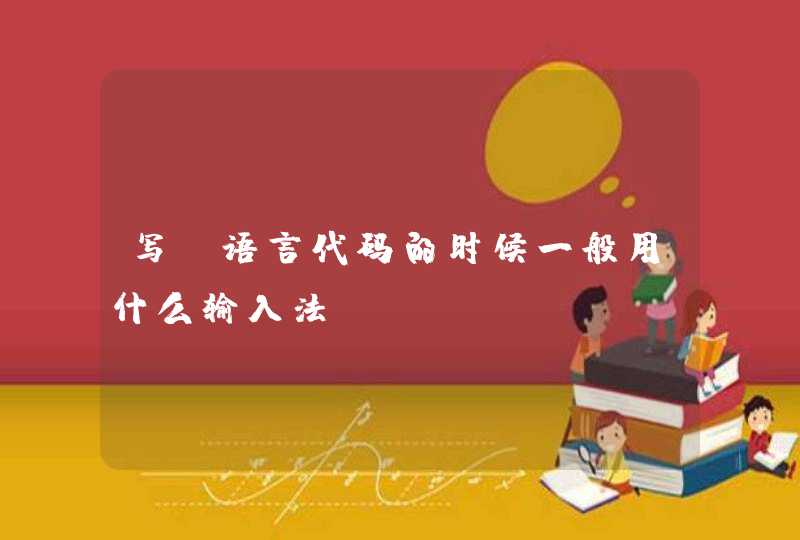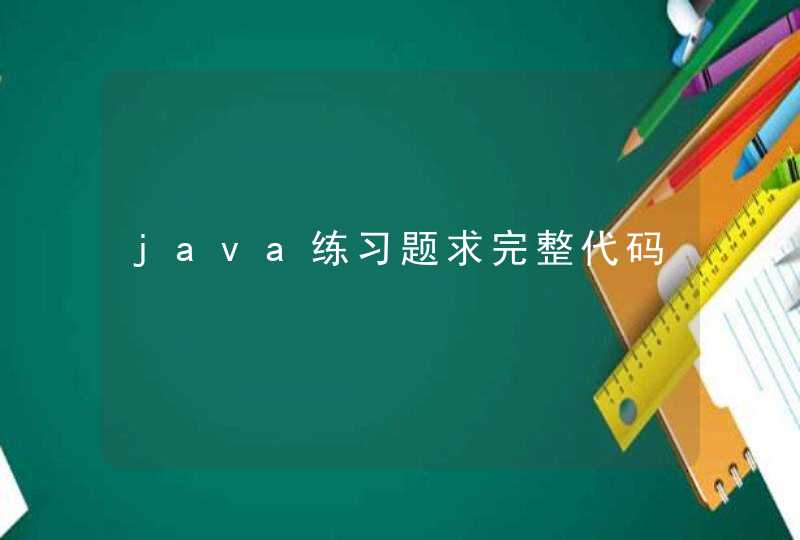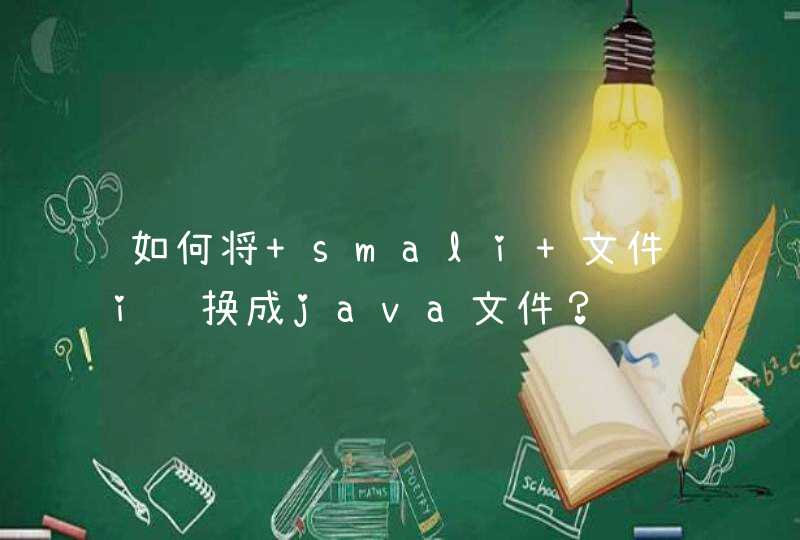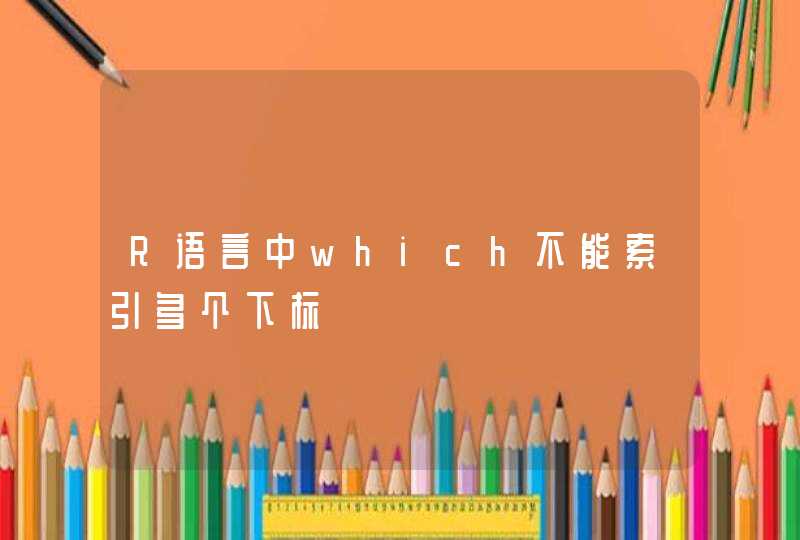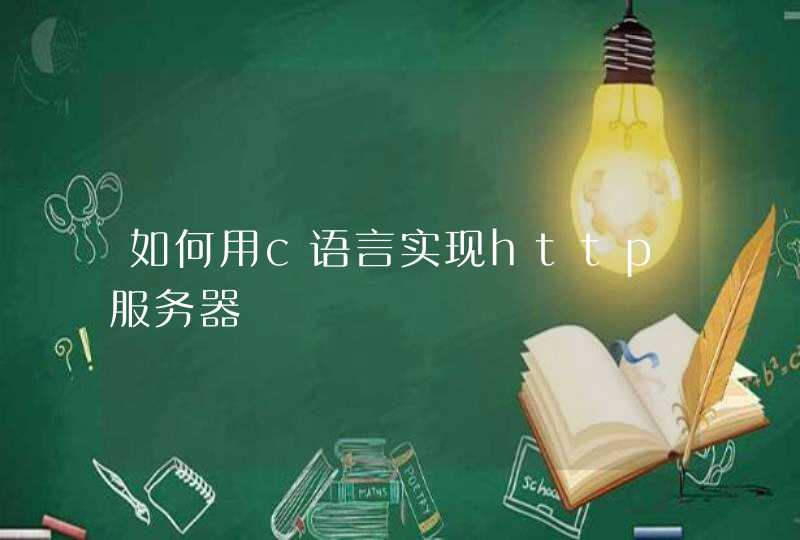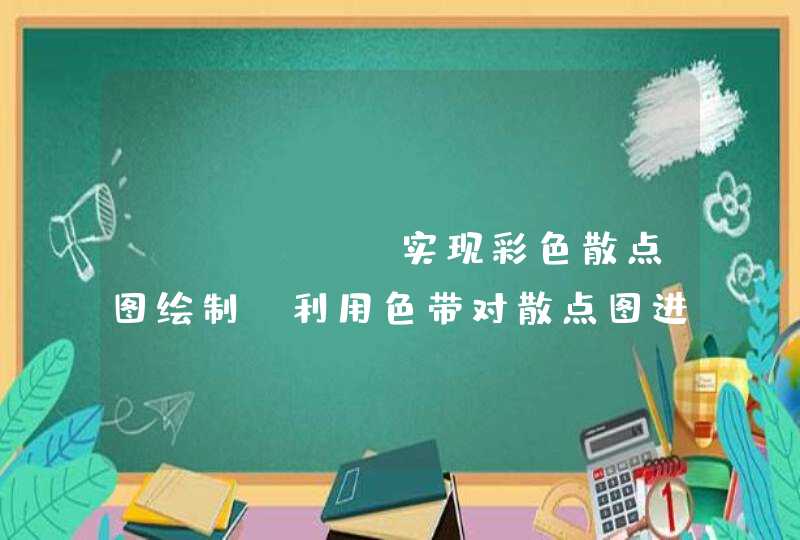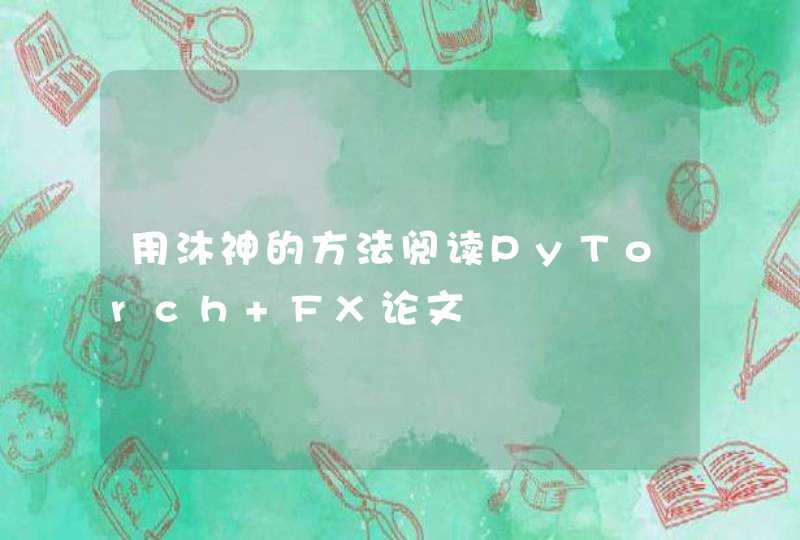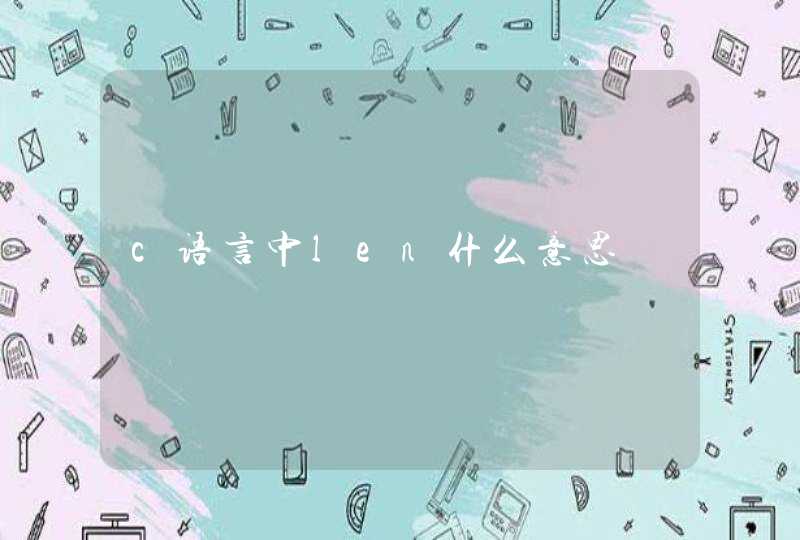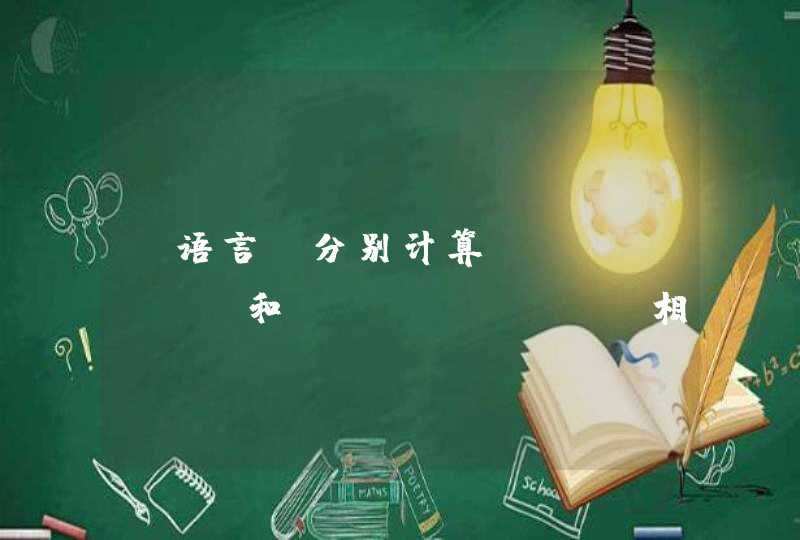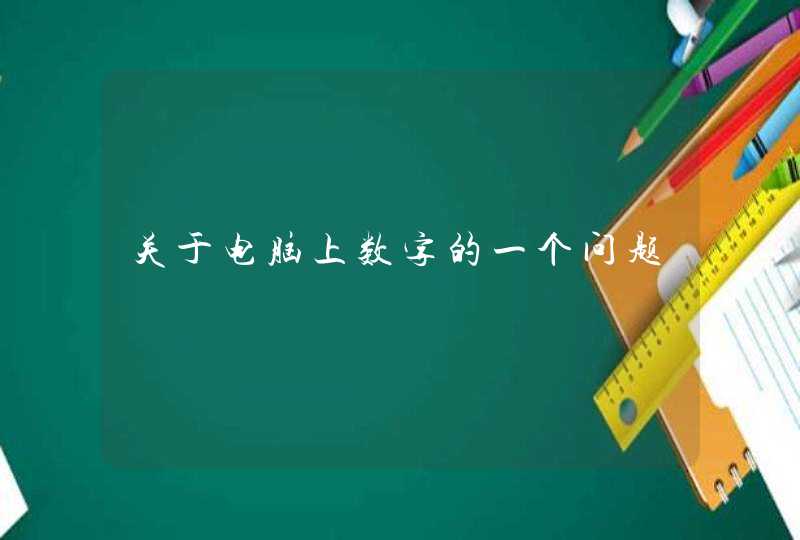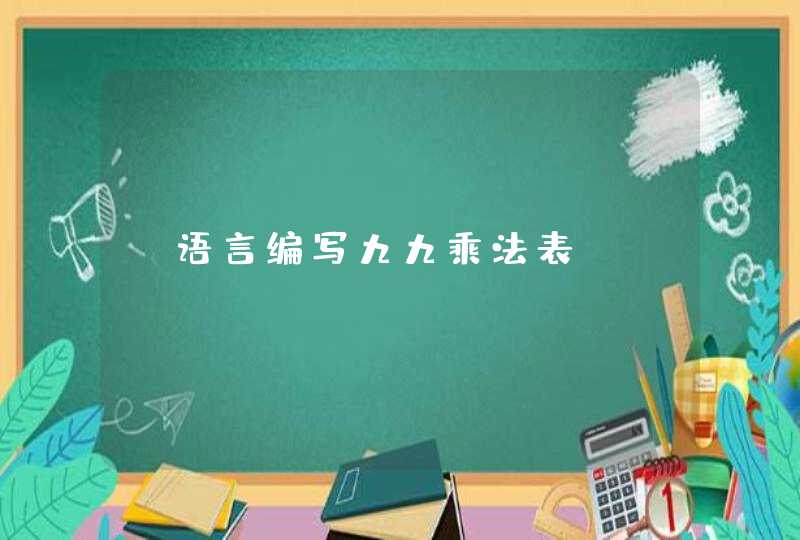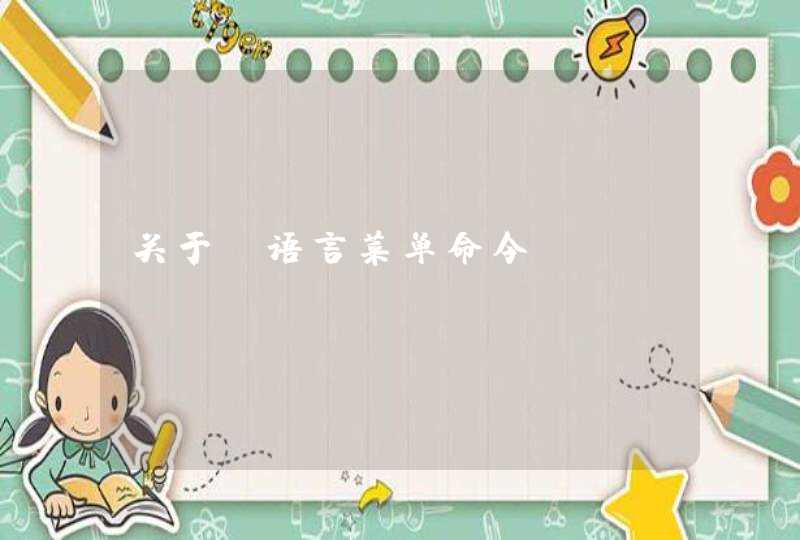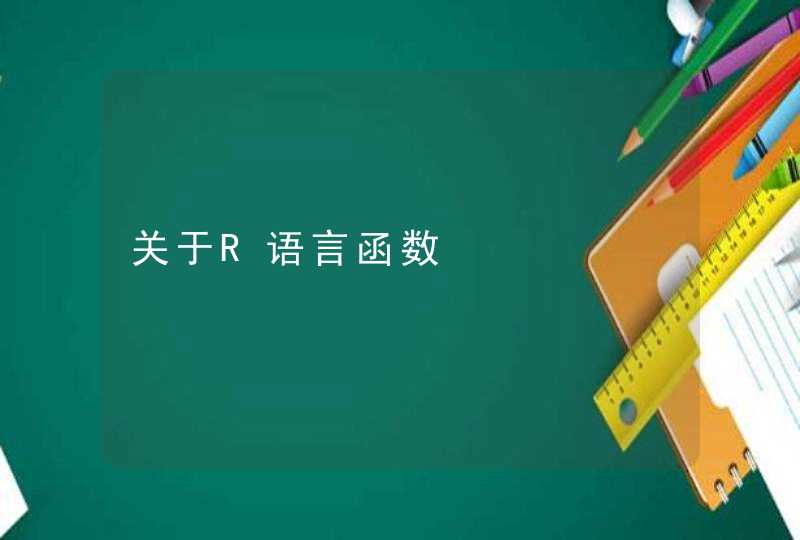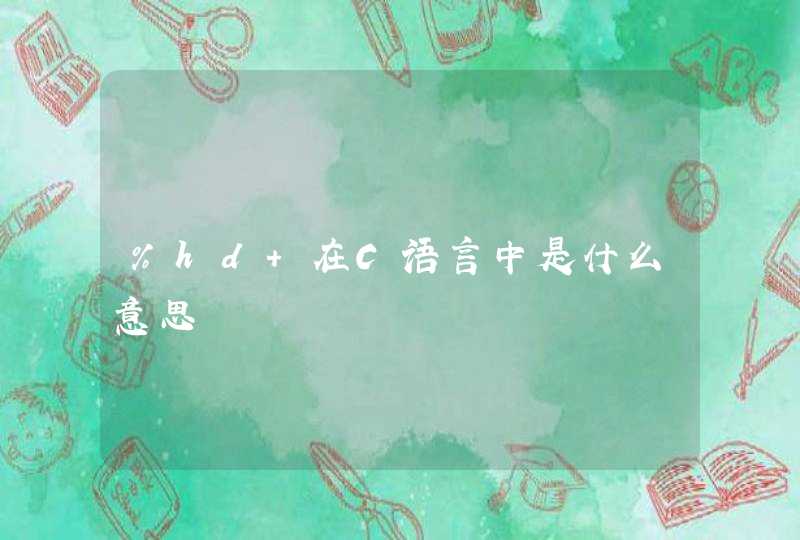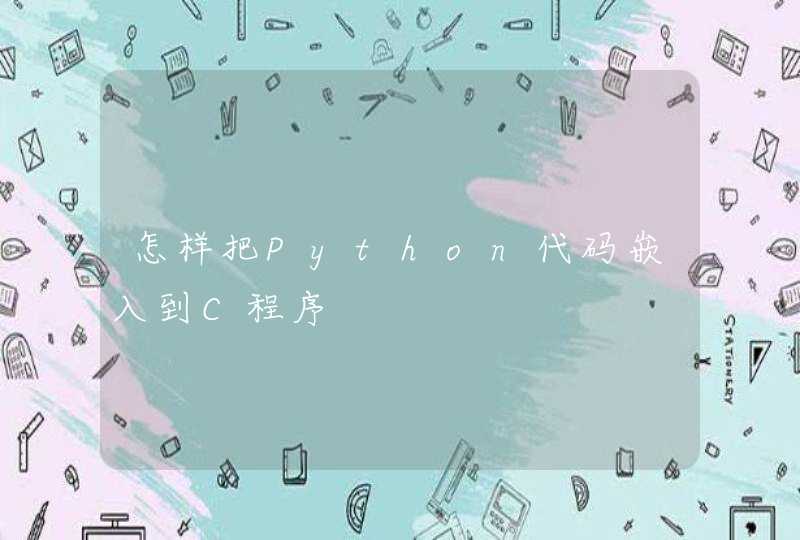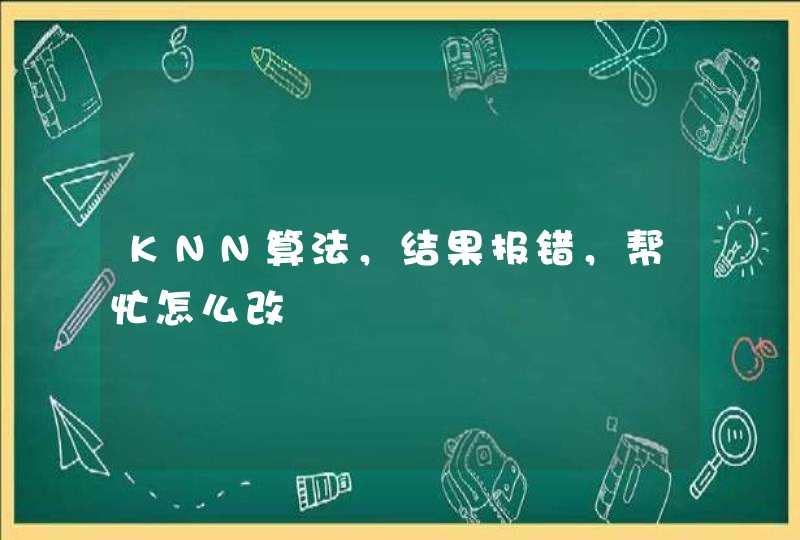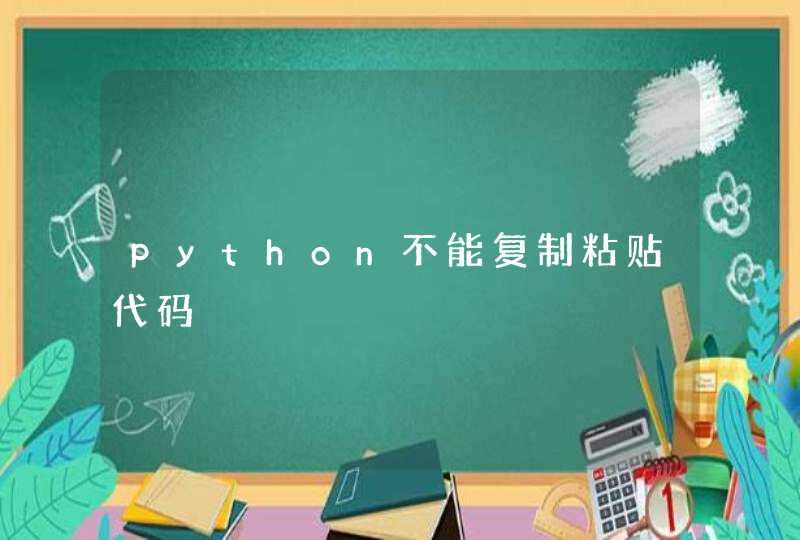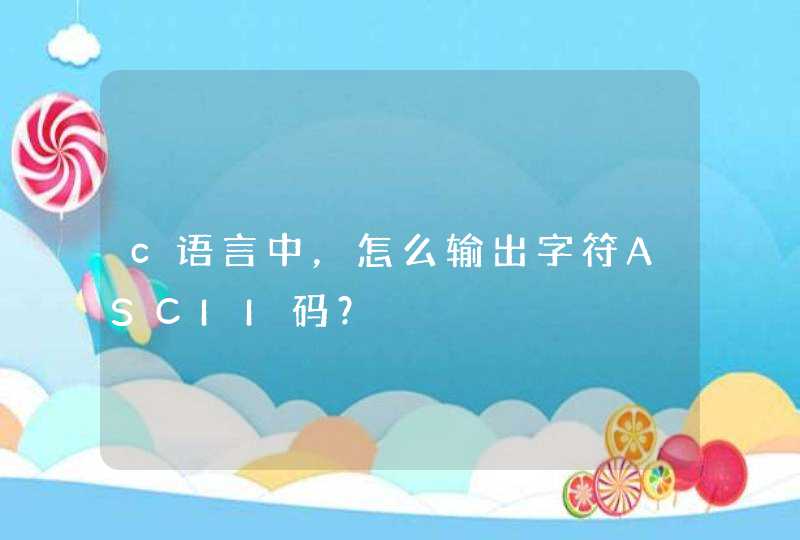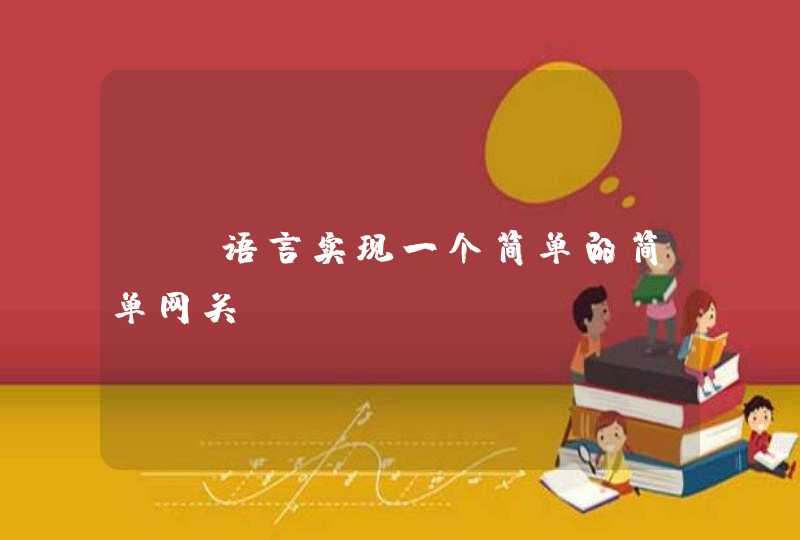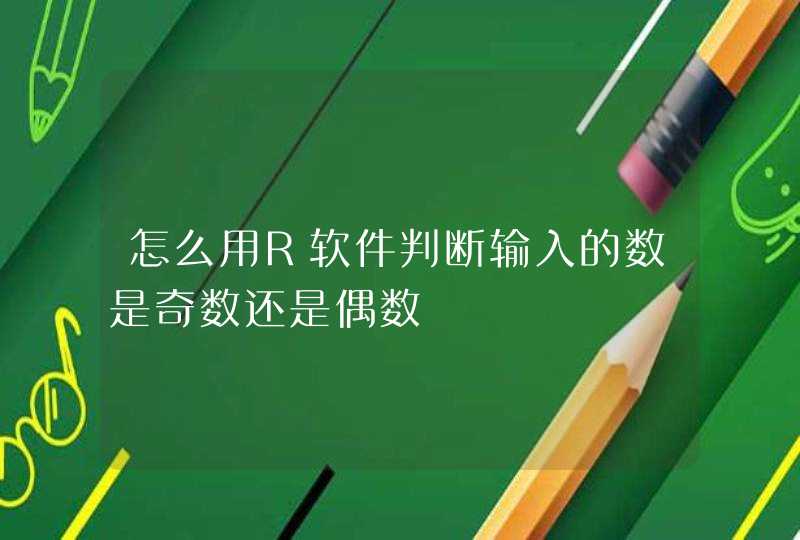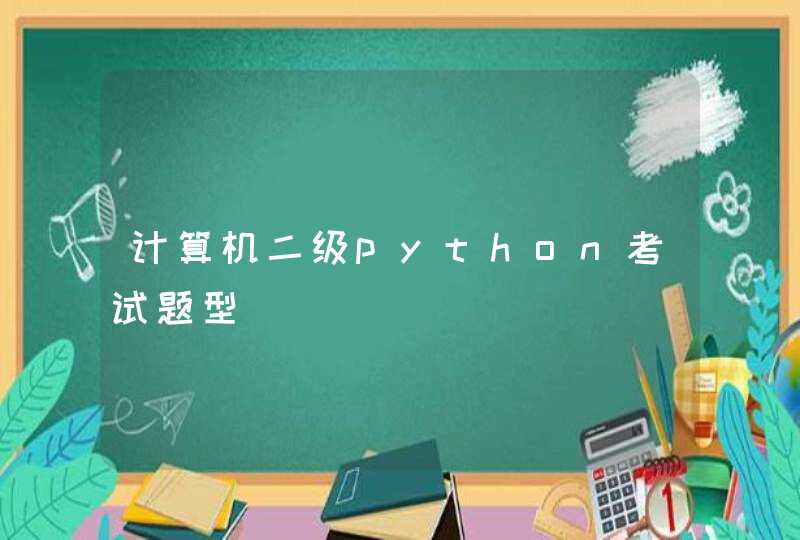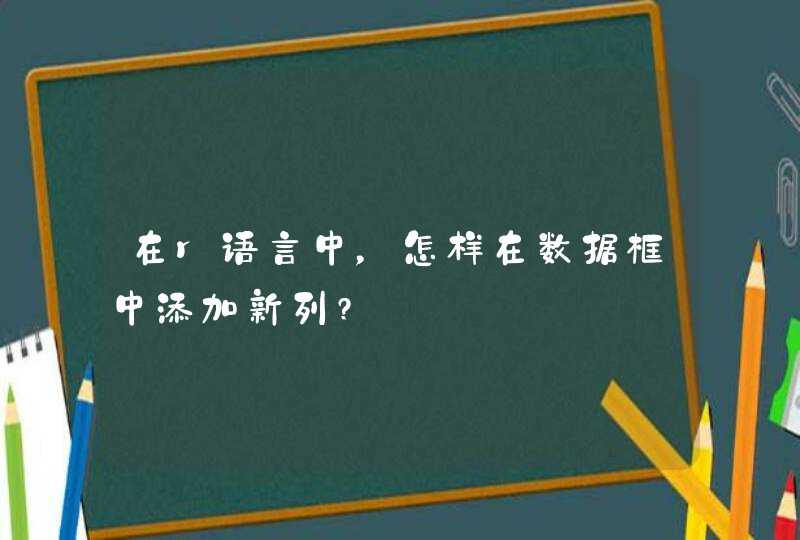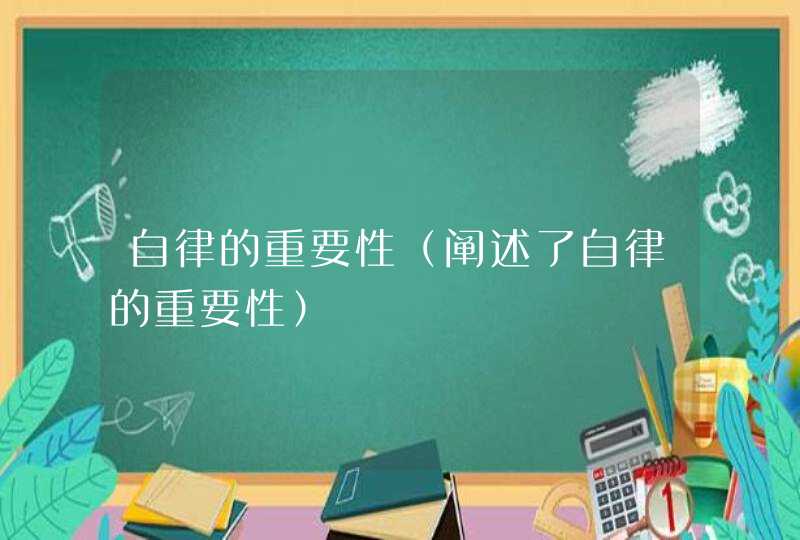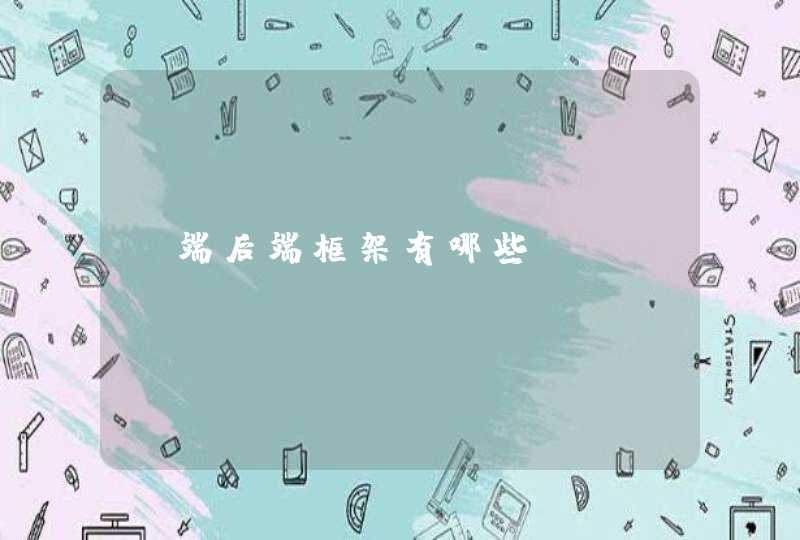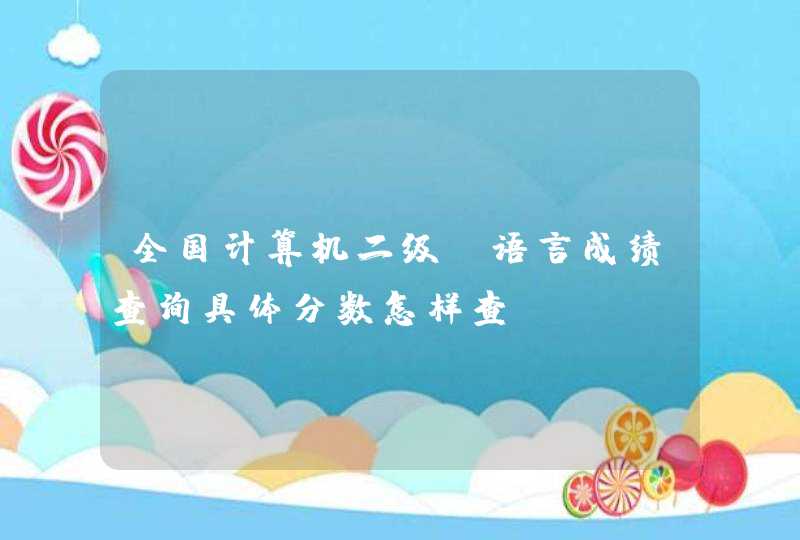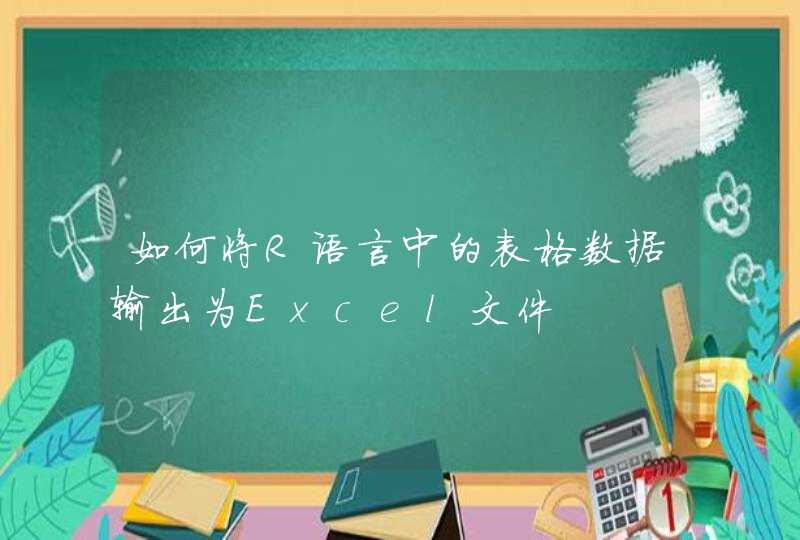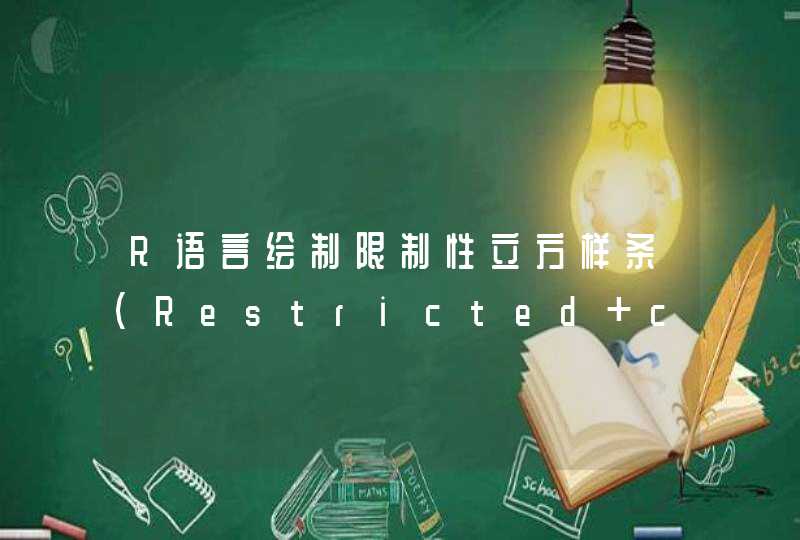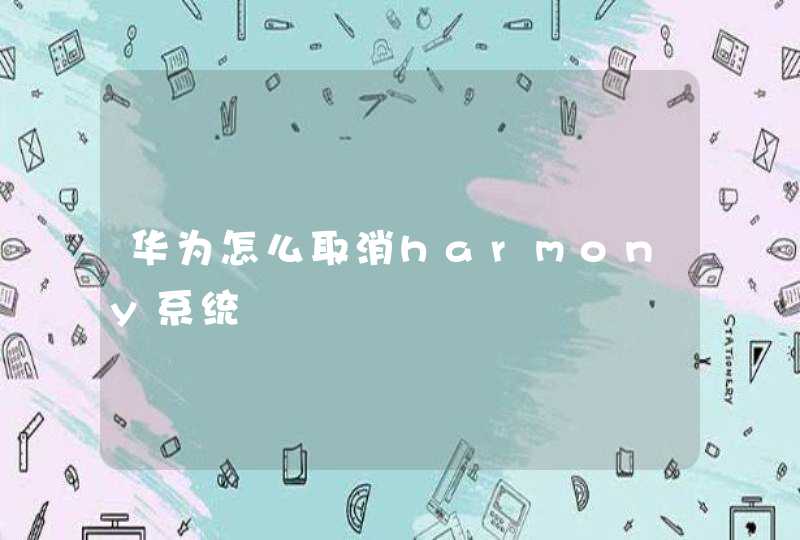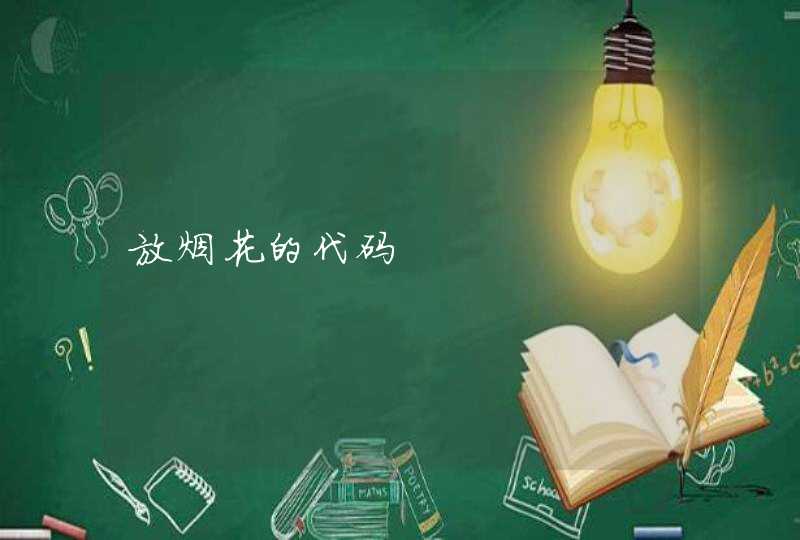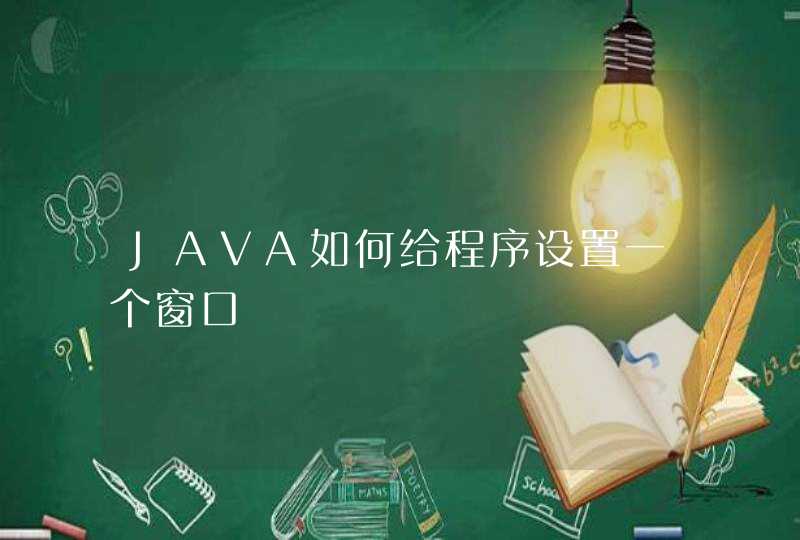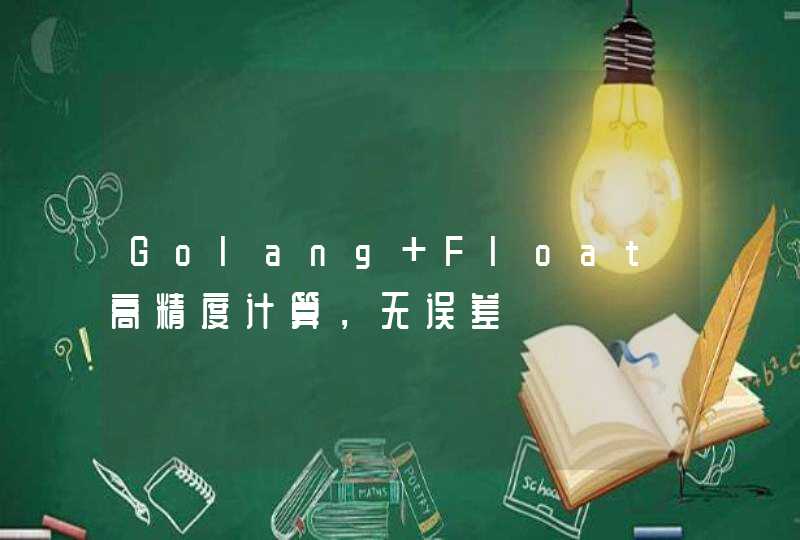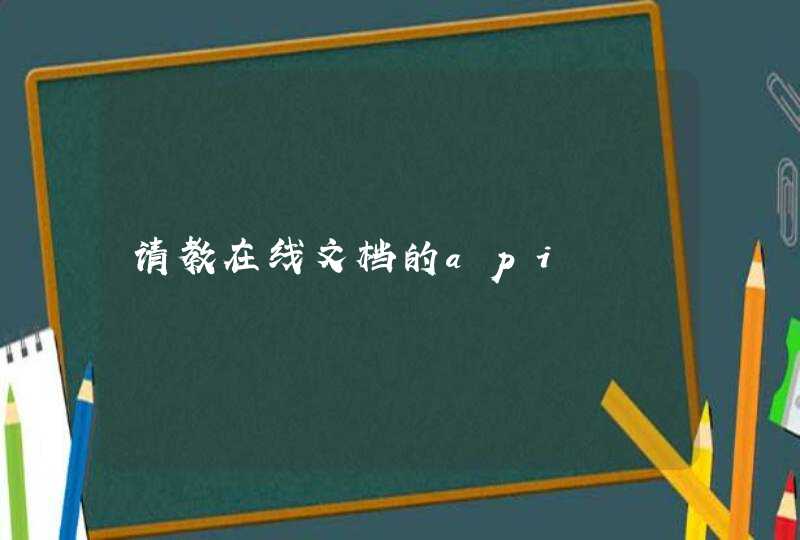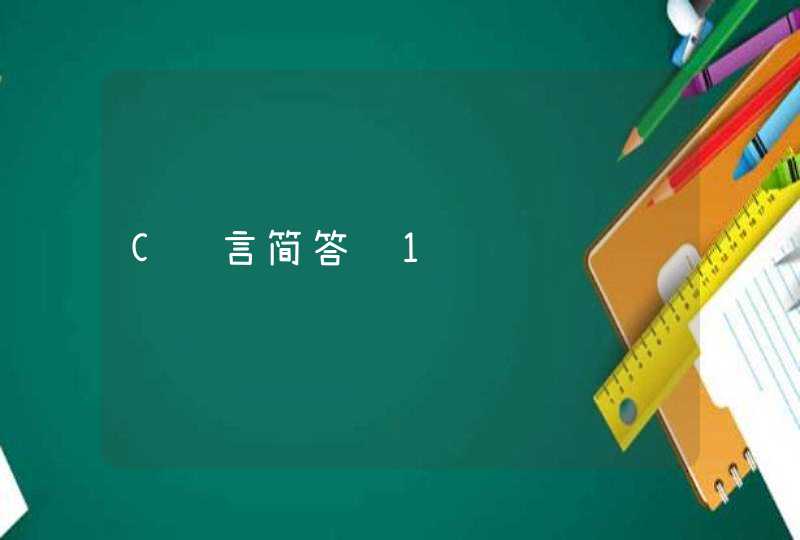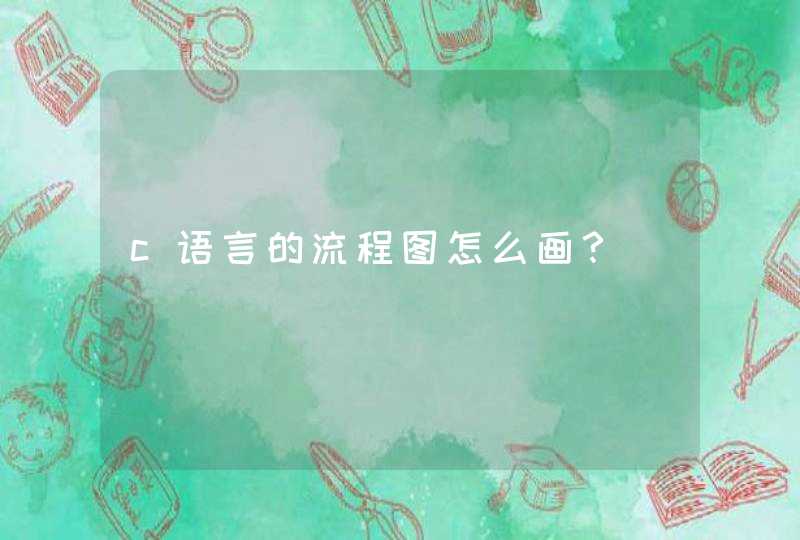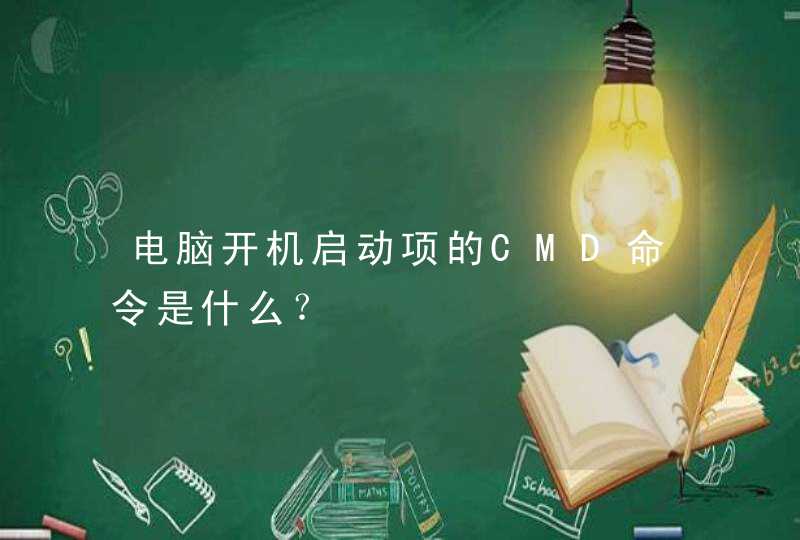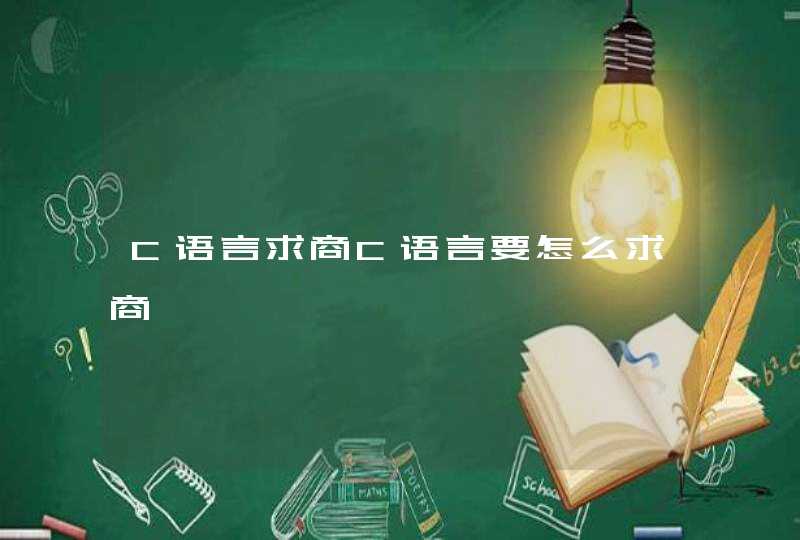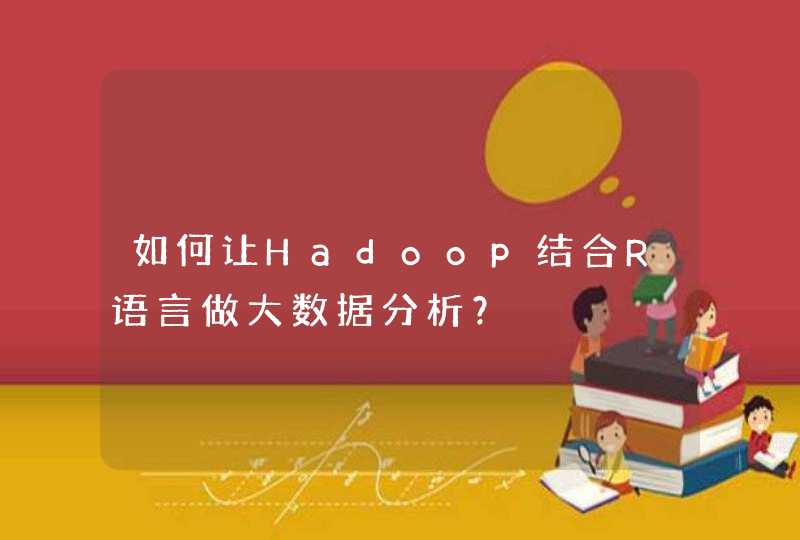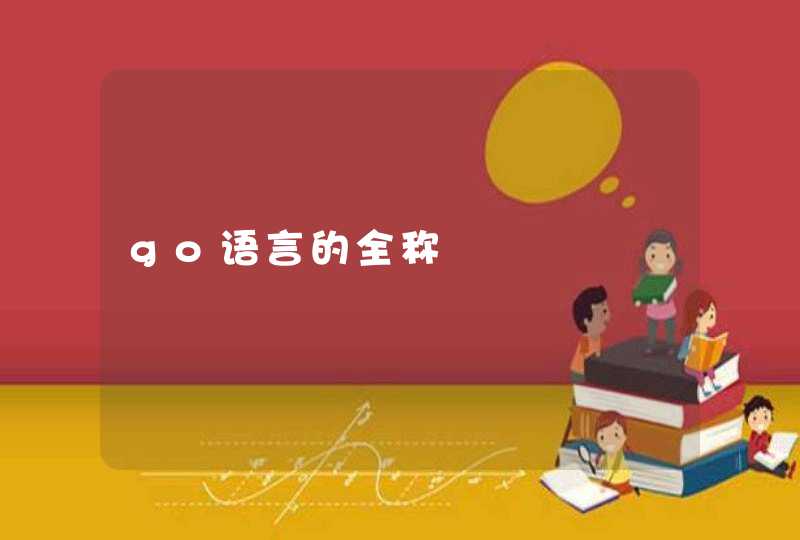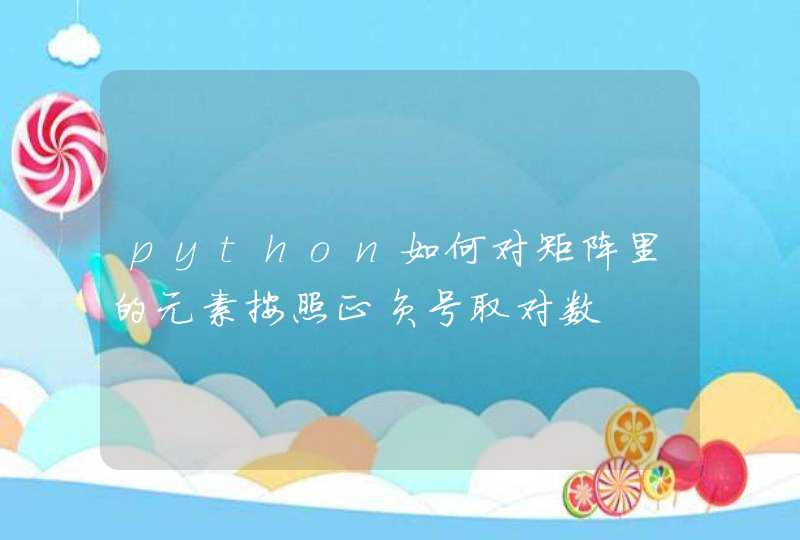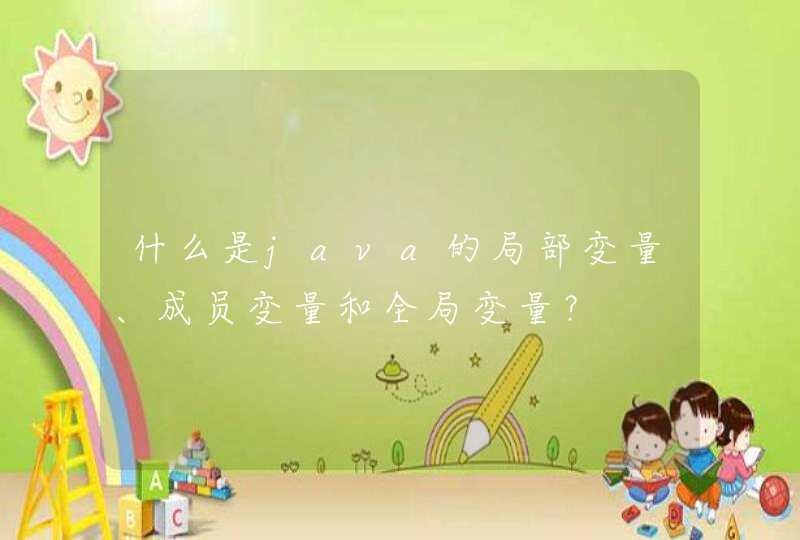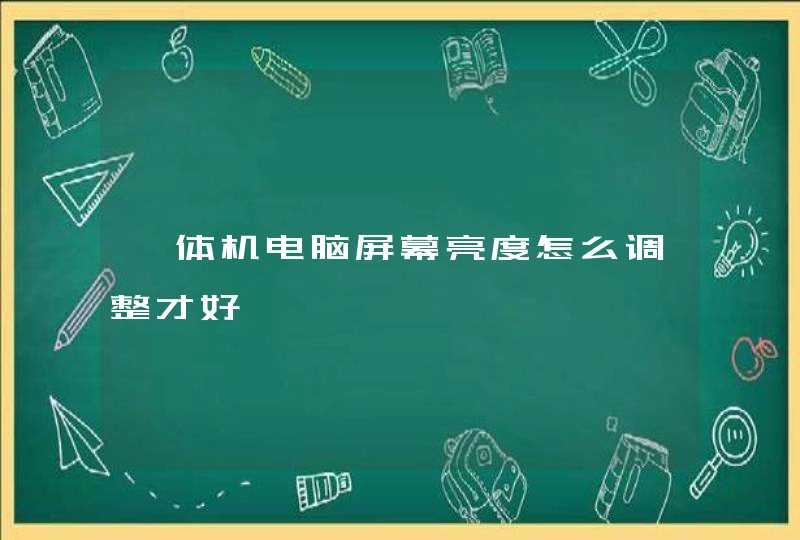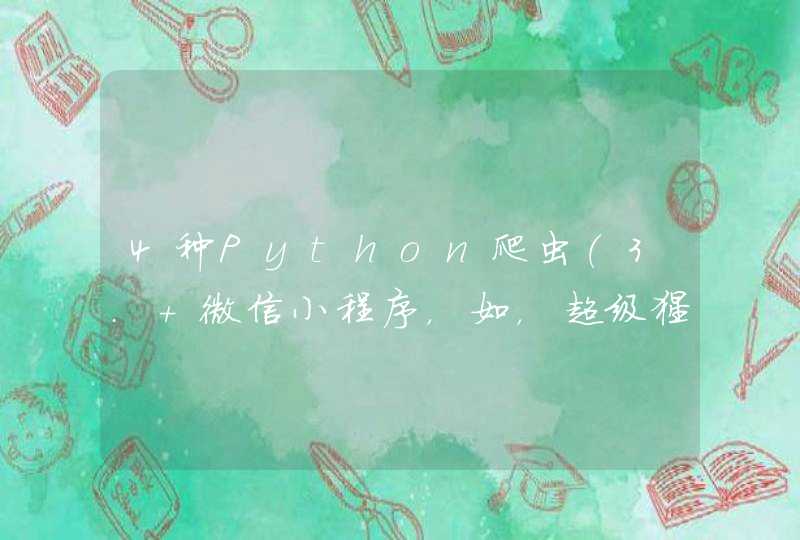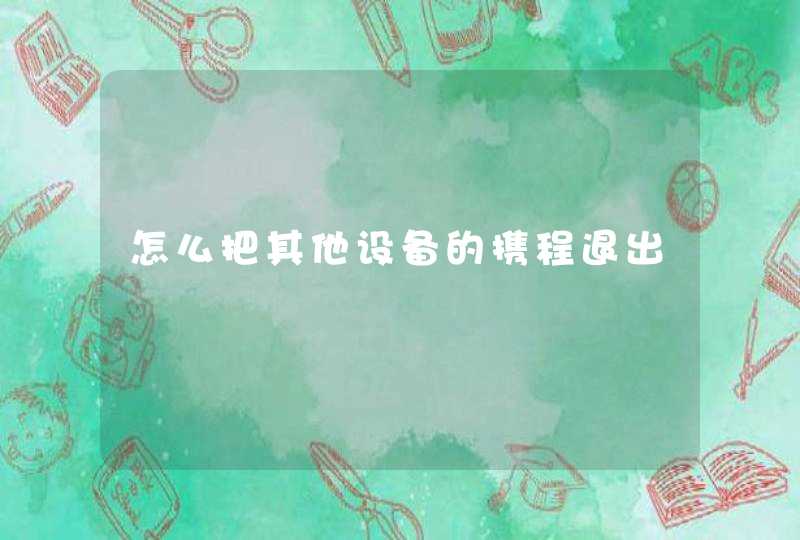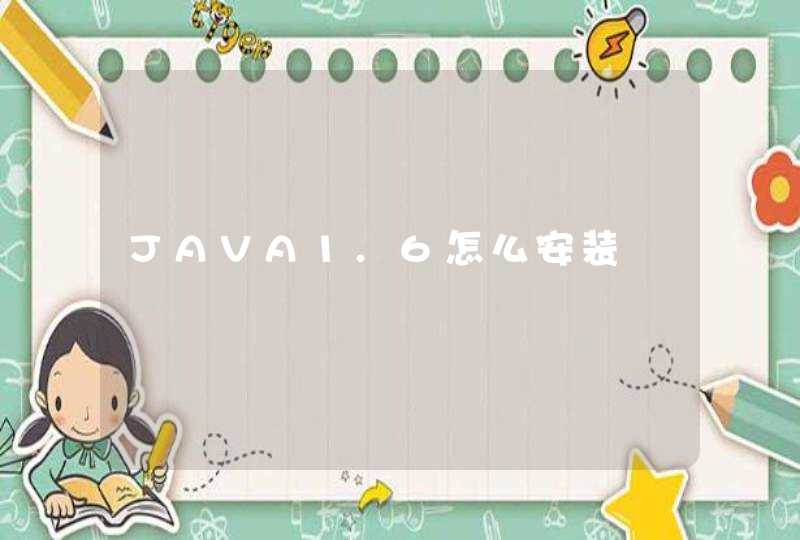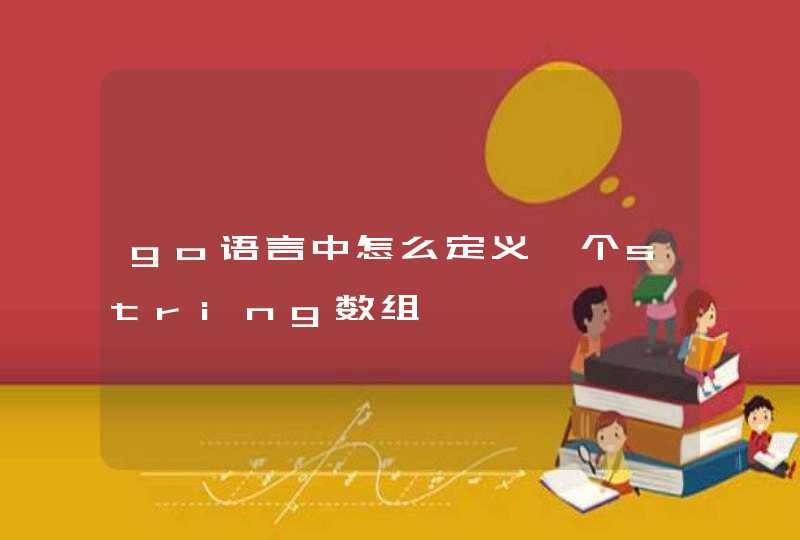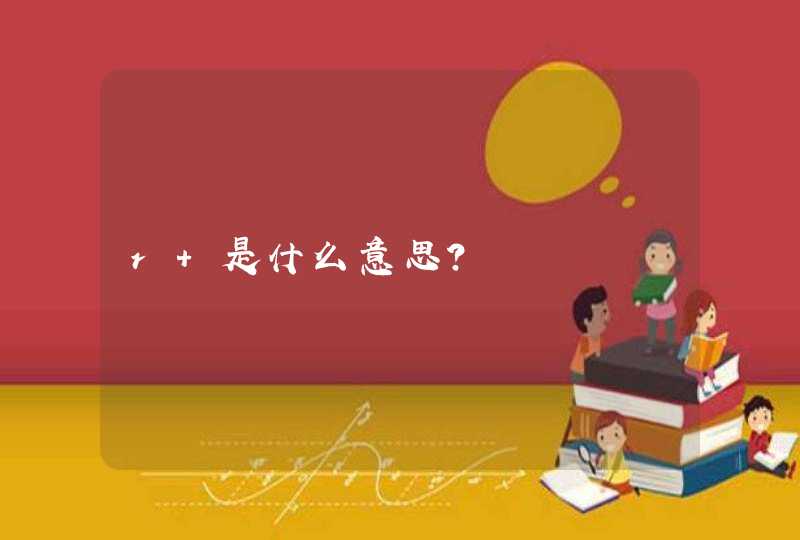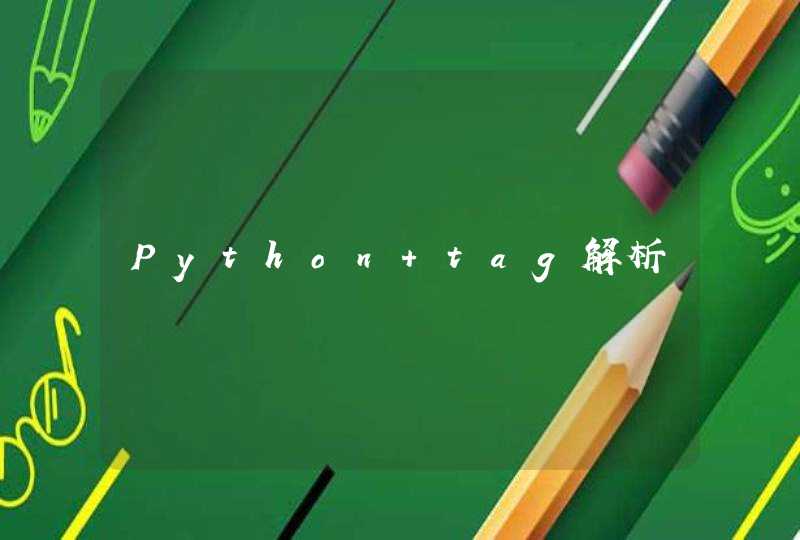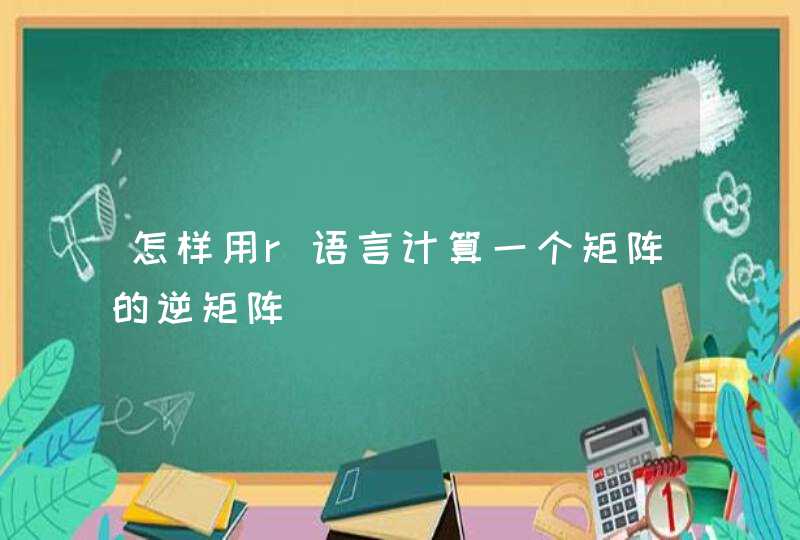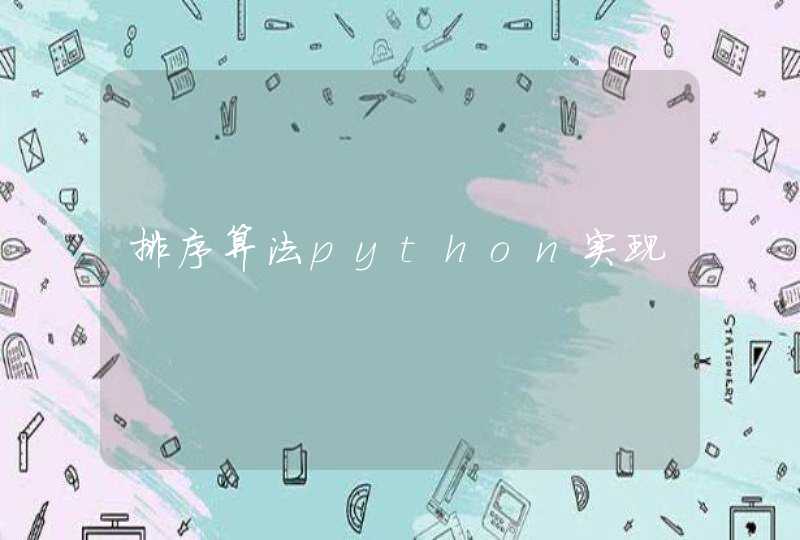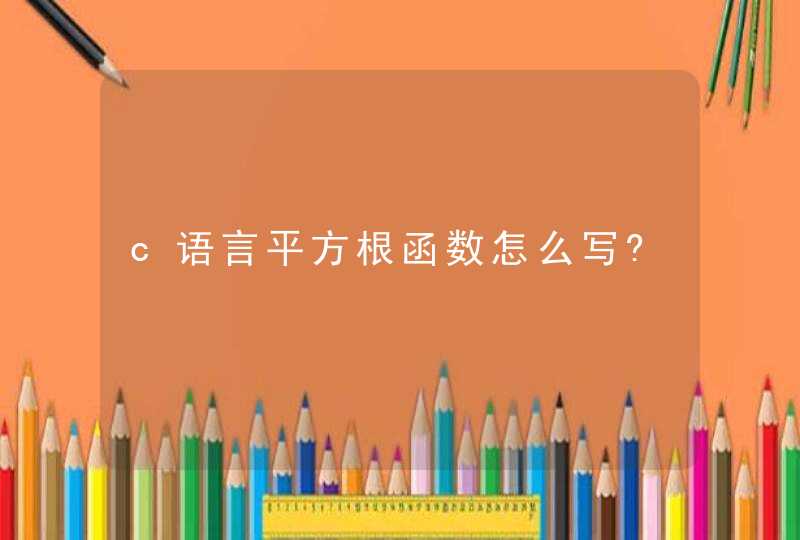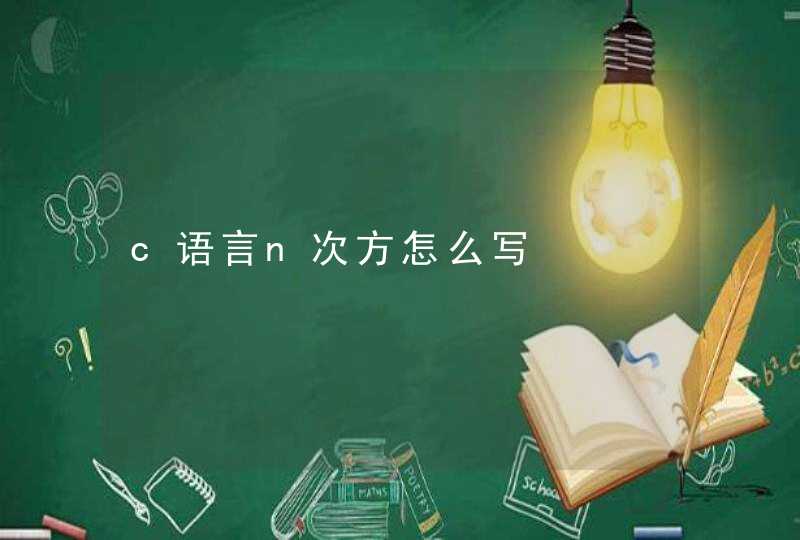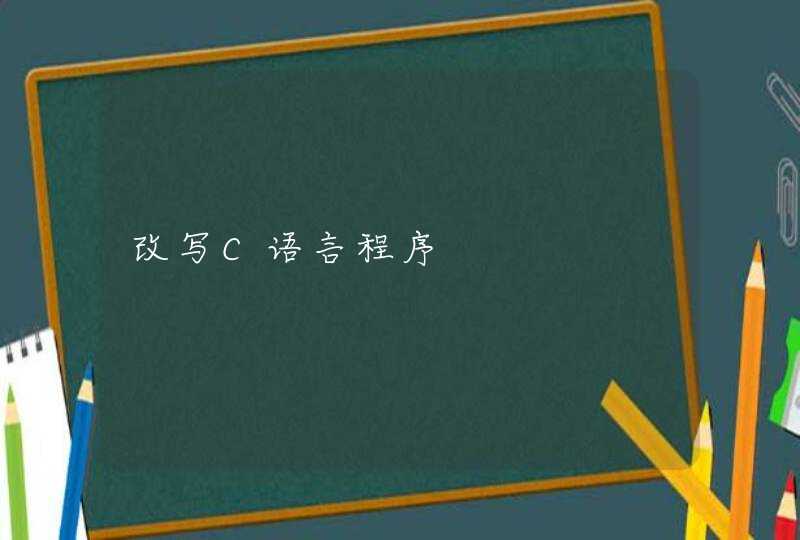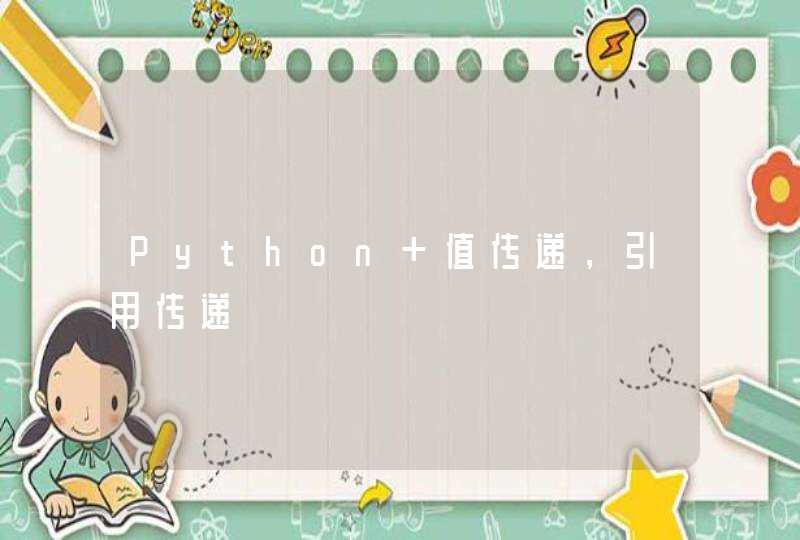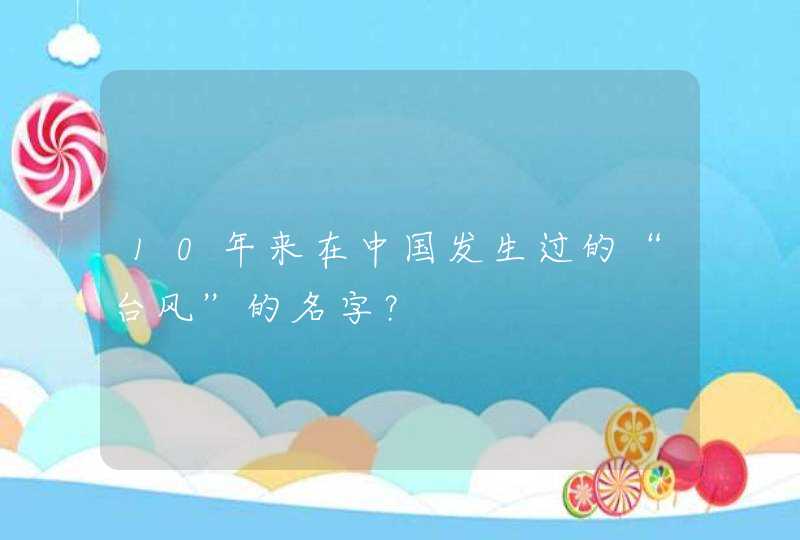
浏览台风命名表.已很少用人名,大多使用了动物、植物、食品等的名字,还有一些名字是某些形容词或美丽的传说,如玉兔、悟空等。“杜鹃”这个名字是中国提供的.就是我们熟悉的杜鹃花:前一段在我国登陆的“科罗旺”是柬埔寨提供的,是一种树的名字:“莫拉克”是泰国提供的,意为绿宝石:“伊布都”是菲律宾提供的名字,意为烟囱或将雨水从屋顶排至水沟的水管。
一般情况下,事先制定的命名表按顺序年复一年地循环重复使用,但遇到特殊情况,命名表也会做一些调整,如当某个台风造成了特别重大的灾害或人员伤亡而声名狼藉,成为公众知名的台风后.为了防止它与其它的台风同名,便从现行命名表中将这个名字删除,换以新名字。台风命名表最近一次的修改是在2000年台风委员会第33届会议上作出的,该表从2002年1月1日开始实施。
附:西北太平洋和南海热带气旋命名表
序号 英文名 中文名 名字来源 意 义
1-1 Damrey 达维 柬埔寨 大象
1-2 Longwang 龙王 中国 神话传说中的司雨之神
1-3 Kirogi 鸿雁 朝鲜 一种侯鸟,在朝鲜秋来春去
1-4 Kai-tak 启德 中国香港 香港旧机场名
1-5 Tembin 天秤 日本 天秤星座
1-6 Bolaven 布拉万 老挝 高地
1-7 Chanchu 珍珠 中国澳门 珍珠
1-8 Jelawat 杰拉华 马来西亚 一种淡水鱼
1-9 Ewiniar 艾云尼 密克罗尼西亚 传统的风暴神(Chuuk语)
1-10 Bilis 碧利斯 菲律宾 速度
1-11 Kaemi 格美 韩国 蚂蚁
1-12 Prapiroon 派比安 泰国 雨神
1-13 Maria 玛莉亚 美国 女士名(Chamarro语)
1-14 Saomai 桑美 越南 金星
2-1 Bopha 宝霞 柬埔寨 花儿名
2-2 Wukong 悟空 中国 孙悟空
2-3 Sonamu 清松 朝鲜 一种松树,能扎根石崖,四季常绿
2-4 Shanshan 珊珊 中国香港 女孩儿名
2-5 Yagi 摩羯 日本 摩羯星座
2-6 Xangsane 象神 老挝 大象
2-7 Bebinca 贝碧嘉 澳门 澳门牛奶布丁
2-8 Rumbia 温比亚 马来西亚 棕榈树
2-9 Soulik 苏力 密克罗尼西亚 传统的Pohnpei酋长头衔
2-10 Cimaron 西马仑 菲律宾 菲律宾野牛
2-11 Chebi 飞燕 韩国 燕子
2-12 Durian 榴莲 泰国 泰国人喜爱的水果
2-13 Utor 尤特 美国 飑线(Marshalese语)
2-14 Trami 潭美 越南 一种花
3-1 Kong-rey 康妮 柬埔寨 高棉传说中的可爱女孩儿
3-2 Yutu 玉兔 中国 神话传说中的兔子
3-3 Toraji 桃芝 朝鲜 朝鲜深山中的一种花
3-4 Man-yi 万宜 中国香港 海峡名,现为水库
3-5 Usagi 天兔 日本 天兔星座
3-6 Pabuk 帕布 老挝 大淡水鱼
3-7 Wutip 蝴蝶 澳门 一种昆虫
3-8 Sepat 圣帕 马来西亚 一种淡水鱼
3-9 Fitow 菲特 密克罗尼西亚 一种美丽芬香的花(Yapese语)
3-10 Danas 丹娜丝 菲律宾 经历
3-11 Nari 百合 韩国 一种花
3-12 Vipa 韦帕 泰国 女士名字
3-13 Francisco 范斯高 美国 男子名(Chamarro语)
3-14 Lekima 利奇马 越南 一种水果
4-1 Krosa 罗莎 柬埔寨 鹤
4-2 Haiyan 海燕 中国 一种海鸟
4-3 Podul 杨柳 朝鲜 一种在城乡均有种植的树
4-4 Lingling 玲玲 中国香港 女孩儿名
4-5 Kajiki 剑鱼 日本 剑鱼星座
4-6 Faxai 法茜 老挝 女士名字
4-7 Vamei 画眉 澳门 一种鸟
4-8 Tapah 塔巴 马来西亚 一种淡水鱼
4-9 Mitag 米娜 密克罗尼西亚 女士名字(Yap语)
4-10 Hagibis 海贝思 菲律宾 褐雨燕
4-11 Noguri 浣熊 韩国 狗
4-12 Ramasoon 威马逊 泰国 雷神
4-13 Chataan 查特安 美国 雨(Chamorro语)
4-14 Halong 夏浪 越南 越南一海湾名
5-1 Nakri 娜基莉 柬埔寨 一种花
5-2 Fengshen 风神 中国 神话中的风之神
5-3 Kalmaegi 海鸥 朝鲜 一种海鸟
5-4 Fung-wong 凤凰 中国香港 山峰名
5-5 Kammuri 北冕 日本 北冕星座
5-6 Phanfone 巴蓬 老挝 动物
5-7 Vongfong 黄蜂 澳门 一类昆虫
5-8 Rusa 鹿莎 马来西亚 鹿
5-9 Sinlaku 森拉克 密克罗尼西亚 传说中的Kosrae女神
5-10 Hagupit 黑格比 菲律宾 鞭子
5-11 Changmi 蔷薇 韩国 花名
5-12 Megkhla 米克拉 泰国 雷天使
5-13 Higos 海高斯 美国 无花果(Chamarro语)
5-14 Bavi 巴威 越南 越南北部一山名
6-1 Maysak 美莎克 柬埔寨 一种树
6-2 Haishen 海神 中国 神话中的大海之神
6-3 Pongsona 凤仙 朝鲜 一种美丽的花
6-4 Yanyan 欣欣 中国香港 女孩儿名
6-5 Kujira 鲸鱼 日本 鲸鱼座
6-6 Chan-hom 灿鸿 老挝 一种树
6-7 Linfa 莲花 澳门 一种花
6-8 Nangka 浪卡 马来西亚 一种水果
6-9 Soudelor 苏迪罗 密克罗尼西亚 传说中的Pohnpei 酋长
6-10 Imbudo 伊布都 菲律宾 漏斗
6-11 Koni 天鹅 韩国 一种鸟
6-12 Hanuman 翰文 泰国 有趣的猴子
6-13 Etau 艾涛 美国 风暴云(Palauan语)
6-14 Vamco 环高 越南 越南南部一河流
7-1 Krovanh 科罗旺 柬埔寨 一种树
7-2 Dujuan 杜鹃 中国 一种花
7-3 Maemi 鸣蝉 朝鲜 一种蝉
7-4 Choi-wan 彩云 中国香港 天上的云彩
7-5 Koppu 巨爵 日本 巨爵星座
7-6 Ketsana 凯萨娜 老挝 一种树
7-7 Parma 芭玛 澳门 澳门的一种烹调风格
7-8 Melor 茉莉 马来西亚 一种花
7-9 Nepartak 尼伯特 密克罗尼西亚 著名的勇士(Kosrae语)
7-10 Lupit 卢碧 菲律宾 残酷
7-11 Sudal 苏特 韩国 水獭
7-12 Nida 妮妲 泰国 女士名字
7-13 Omais 奥麦斯 美国 漫游(Palauan语)
7-14 Conson 康森 越南 古迹
8-1 Chanthu 灿都 柬埔寨 一种花
8-2 Dianmu 电母 中国 神话中的雷电之神
8-3 Mindule 蒲公英 朝鲜 一种小黄花
8-4 Tingting 婷婷 中国香港 女孩儿名
8-5 Kompasu 圆规 日本 圆规星座
8-6 Namtheun 南川 老挝 河
8-7 Malou 玛瑙 澳门
8-8 Meranti 莫兰蒂 马来西亚 一种树
8-9 Rananim 云娜 密克罗尼西亚 喂,你好(Chuukese语)
8-10 Malakas 马勒卡 菲律宾 强壮, 有力
8-11 Megi 鲇鱼 韩国 鱼
8-12 Chaba 暹芭 泰国 热带花
8-13 Kodo 库都 美国 云(Marshalese语)
8-14 Songda 桑达 越南 越南西北部一河流
9-1 Sarika 莎莉嘉 柬埔寨 雀类鸟
9-2 Haima 海马 中国 一种鱼
9-3 Meari 米雷 朝鲜 回波
9-4 Ma-on 马鞍 中国香港 山峰名
9-5 Tokage 蝎虎 日本 蝎虎星座
9-6 Nock-ten 洛坦 老挝 鸟
9-7 Muifa 梅花 澳门 一种花
9-8 Merbok 苗柏 马来西亚 一种鸟
9-9 Nanmadol 南玛都 密克罗尼西亚 著名的Pohnpei 废墟
9-10 Talas 塔拉斯 菲律宾 锐利
9-11 Noru 奥鹿 韩国 狍鹿
9-12 Kularb 玫瑰 泰国 一种花
9-13 Roke 洛克 美国 男子名(Chamarro语)
9-14 Sonca 桑卡 越南 一种会唱歌的鸟
10-1 Nesat 纳沙 柬埔寨 渔夫
10-2 Haitang 海棠 中国 花
10-3 Nalgae 尼格 朝鲜 有生气,自由翱翔
10-4 Banyan 榕树 中国香港 一种树
10-5 Washi 天鹰 日本 天鹰星座
10-6 Matsa 麦莎 老挝 女人鱼
10-7 Sanvu 珊瑚 澳门 一种水生物
10-8 Mawar 玛娃 马来西亚 玫瑰花
10-9 Guchol 古超 密克罗尼西亚 一种香料(调味品)(Yapese语)
10-10 Talim 泰利 菲律宾 明显的边缘
10-11 Nabi 彩蝶 韩国 蝴蝶
10-12 Khanun 卡努 泰国 泰国水果
10-13 Vicente 韦森特 美国 女士名(Chamarro语)
10-14 Saola 苏拉 越南 越南最近发现的一种动物
其它大洋进入西北太平洋热带气旋命名表
1 Ele 艾利 中太平洋 美国提供
2 Huko 胡高 中太平洋 美国提供
3 Ioke 伊欧凯 中太平洋 美国提供
博硕士论文论文名称(中) 东妮.茉莉森《最湛蓝的眼睛》中非裔美国人的主体形塑
论文名称(英) The (De)Formation of African American Subjectivity in Toni Morrison’s The Bluest Eye
摘要(中):
论文名称:东妮.茉莉森《最湛蓝的眼睛》中非裔美国人的主体形塑
校所组别:国立中山大学外国语文学所
毕业年度及提要别:九十二学年度第二学期硕士学位论文提要
研究生:郑凯中
指导教授:张淑丽 教授
论文提要:
本论文旨在以规训、拥有与男性气概的角度来探讨东妮.茉莉森《最湛蓝的眼睛》中,作者如何描绘非裔美国人主体性的扭曲与变形。首先,我将说明茉莉森与傅柯对话的可行性。茉莉森描述的种族压迫与傅柯阐述的规训过程中,两者都是以非常微妙的手段来达成目的,以致於主体不曾察觉,更不会反抗。因此,茉莉森与傅柯都注意到人在建造其主体性的同时,遭受隐性的压迫与规训。此外,茉莉森也藉由凸显非裔美国人对於拥有权的渴望,来表达她对於这种渴望对於非裔美国人的主体形塑中所产生的负面效应。他们狂热追求资产的拥有,显露出他们渴望获得某样可以在拥有当中找到的东西。茉莉森暗指他们所求之物就是他们的自我。然而,在茉莉森的描述之中,这样的策略并没有成功。茉莉森主张若要拥有自我,特别是非裔美国女人的自我,必须要能不断地奋斗,并且要建立起一份与社群紧密相连的关系。此外,茉莉森将非裔美国男人描绘成失去人性的一群「人」,目的不在指责他们的残暴,而是希望能使人们对於他们的痛苦能够关注与怜悯,进而了解这群男人之可以可怜,是因为这一群「人」在先感受到自己无能成为男人,才转而压迫非裔美国女人。
在本论文的绪论中,我将阐明以傅柯规训概念来解读《最湛蓝的眼睛》的可行性;论文的第一章,旨在以傅柯规训概念中的凝视、规范、全景敞视主义的角度来探讨,面对白人价值的压迫,非裔美国人为何不反抗,反而接受并在日常生活中彻底实践扭曲的种族意识型态;论文的第二章探讨渴望拥有如何影响他们的主体形塑,以及茉莉森认为如何才能使他们获得自我;论文的第三章,旨在讨论非裔美国男人,在落入无能与失去人性的过程当中,所采用的各种暴力行径与策略。最后,在结论中,我将简述各章重点做为本论文的总结。
摘要(英):
Title: The (De)Formation of African American Subjectivity in Toni Morrison’s The Bluest Eye
Institute of Foreign Languages and Literature, National Sun Yat-sen University
Date: June 17, 2004
By: Kai-chung Cheng
Advisor: Professor Shu-li Chang
Abstract:
This thesis aims to examine Toni Morrison’s The Bluest Eye with Michel Foucault’s concept of discipline, the notion of ownership, and the impotence of manhood to explore how Morrison textualizes the (de)formation of African American subjectivity. To begin with, I will justify the feasibility of setting up such a dialogue between Toni Morrison and Michel Foucault. Both the racial oppression Morrison textualizes and the disciplinary process Foucault contextualizes operate in such a subtle way that the subject is not aware of it and thus does not fight back. Therefore, Morrison and Foucault draw attention to how people are implicitly oppressed and disciplined in the construction of their docile subjectivity. In addition, Morrison emphasizes how she worries about the effect of ownership on the construction of African American subjectivity by pervading The Bluest Eye with African Americans’ desire to own properties. Their craze to own properties indicates their desire to acquire something that they believe can be found in ownership. Morrison points out implicitly that what African Americans truly desire in their desperate pursuit of ownership is their own self. However, in Morrison’s textualization, such a strategy employed by African Americans to own their self almost always ends up in failure. Based on such a failure, Morrison posits the success of owning a self, specifically an African American female self, requires one to continue in the struggles to achieve one’s self identity and to build up a healthy and intimate relationship with one’s community. Moreover, Morrison’s portrayal of the dehumanization of African American men aims not to place blame on how brutal they are, but to arouse attention as well as pity to their suffering. It is impossible to construct a wholesome African American subjectivity without paying attention to the frustration African American males confront, for, feeling impotent in achieving their manhood, they turn to the oppression of African American females. Though Morrison projects African American females and males in different ways, she devotes her writing to both of them.
To sum up the structure of my thesis: In Introduction, I will justify the feasibility of examining Morrison’s The Bluest Eye with Foucault’s disciplinein Chapter One, I will present how Foucault’s concepts of gaze, norm, and Panopticism explain the reason why African Americans do not fight against the white value that oppresses them but adopt and practice it in their daily livesin Chapter Two, I will focus on how the notion of ownership impinges upon their subjectivity and what Morrison puts forth to about how African Americans may begin to own their selfin Chapter Three, I will elaborate the significance of the process in which African American males are made impotent and dehumanizedin Conclusion, I will summarize the main arguments in previous chapters to conclude this thesis.
下载地址:[PDF文档]
http://etd.lib.nsysu.edu.tw/ETD-db/ETD-search-c/getfile?URN=etd-0618104-090448&filename=etd-0618104-090448.pdf
Works Cited
Awkward, Michael. “‘The Evil of Fulfillment’: Scapegoating and Narration in The Bluest Eye.” Toni Morrison’s The Bluest Eye. Ed. Harold Bloom. Philadelphia: Chelsea House Publishers, 1999. 65-104.
---. “Roadblocks and Relatives: Critical Revision in Toni Morrison’s The Bluest Eye.” Critical Essays on Toni Morrison. Ed. Nellie Y. McKay. Massachusetts: G.K. Hall &Co., 1988. 57-68.
Batty, Nancy Ellen. “Riff, Refrain, Reframe: Morrison’s Song of Absalom.” Unflinching Gaze: Morrison and Faulkner Re-Envisioned. Ed. Carol A. Kolmerten, Stephen M. Ross, and Judith Bryant Wittenberg. Jackson: UP of Mississippi, 1997. 77-90.
Bjork, Patrick Bryce. The Novels of Toni Morrison: The Search for Self and Place within the Community. New York: Peter Lang Publishing, 1992.
Byerman, Keith E. “Beyond Realism: The Fictions of Toni Morrison.” Toni Morrison. Ed. Harold Bloom. New York: Chelsea House Publishers, 1990. 55-84.
---. “Intense Behavior: The Use of the Grotesque in The Bluest Eye and Eva’s Man.” Toni Morrison’s The Bluest Eye. Ed. Harold Bloom. Philadelphia: Chelsea House Publishers, 1999. 3-12.
---. “Untold Stories: Black Daughters in Absalom, Absalom! and The Bluest Eye.” Unflinching Gaze: Morrison and Faulkner Re-Envisioned. Ed. Carol A. Kolmerten, Stephen M. Ross, and Judith Bryant Wittenberg. Jackson: UP of Mississippi, 1997. 128-138.
Davis, Cynthia A. “Self, Society, and Myth in Toni Morrison’s Fiction.” Toni Morrison. Ed. Harold Bloom. New York: Chelsea House Publishers, 1990. 7-25.
Dee, Ruby. “Black Family Search for Identity.” McKay 19-20.
Demetrakopoulos, Stephanie A. “Bleak Beginnings: The Bluest Eye.” Toni Morrison’s The Bluest Eye. Ed. Harold Bloom. Philadelphia: Chelsea House Publishers, 1999. 27-32.
Denard, Carolyn. “The Convergence of Feminism and Ethnicity in the Fiction of Toni Morrison.” McKay 171-178.
Dixon, Melvin. “Like an Eagle in the Air: Toni Morrison.” Toni Morrison. Ed. Harold Bloom. New York: Chelsea House Publishers, 1990. 115-142.
Duvall, John N. “Naming Invisible Authority: Toni Morrison’s Covert Letter to Ralph Ellison.” Toni Morrison’s The Bluest Eye. Ed. Harold Bloom. Philadelphia: Chelsea House Publishers, 1999. 239-249.
Feng, Pin-chia. The Female Bildungsroman by Toni Morrison and Maxine Hong Kingston. New York: Peter Lang, 1998.
Foucault, Michel. Discipline and Punish: The Birth of Prison. Trans. Alan Sheridan. New York: Vintage, 1995.
Frankel, Haskel. “Review of The Bluest Eye.” McKay 20-21.
Furman, Jan. “Black Girlhood and Black Womanhood in The Bluest Eye and Sula.” Toni Morrison’s The Bluest Eye. Ed. Harold Bloom. Philadelphia: Chelsea House Publishers, 1999. 183-201.
---. Toni Morrison’s Fiction. Columbia: U of South Carolina P, 1996.
Gibson, Donald B. “Text and Countertext in The Bluest Eye.” Toni Morrison’s The Bluest Eye. Ed. Harold Bloom. Philadelphia: Chelsea House Publishers, 1999. 105-120.
Guerrero, Edward. “Tracking ‘The Look’ in the Novels of Toni Morrison.” Black American Literature Forum 24:4 (Winter 1990): 761-73.
Harris, Trudier. Fiction and Folklore: The Novels of Toni Morrison. Knoxville: U of Tennessee P, 1991.
---. “Reconnecting Fragments: Afro-American Folk Tradition in The Bluest Eye.” McKay 68-76.
Heinze, Denise. The Dilemma of “Double-Consciousness”: Toni Morrison’s Novels. Athens: U of Georgia P, 1993.
Holloway, Karla F. C. “The Language and Music of Survival.” Toni Morrison’s The Bluest Eye. Ed. Harold Bloom. Philadelphia: Chelsea House Publishers, 1999. 33-44.
Ledbetter, Mark. Victims and the Postmodern Narrative or Doing Violence to the Body. London: Macmillan Press Ltd, 1996.
Mbalia, Doreatha Drummond. “The Bluest Eye: The Need for Racial Approbation.” Toni Morrison’s The Bluest Eye. Ed. Harold Bloom. Philadelphia: Chelsea House Publishers, 1999. 153-162.
McKay, Nellie Y. Introduction. Critical Essays on Toni Morrison. By McKay. Ed. Mackay. Massachusetts: G.K. Hall &Co., 1988. 1-15.
Miner, Madonne M. “Lady No Longer Sings the Blues: Rape, Madness, and Silence in The Bluest Eye.” Toni Morrison’s The Bluest Eye. Ed. Harold Bloom. Philadelphia: Chelsea House Publishers, 1999. 13-26.
Mori, Aoi. Toni Morrison and Womanist Discourse. New York: Peter Lang, 1999.
Morrison, Toni. The Bluest Eye. New York: Plume, 1994.
---. “A Interview with Toni Morrison, Hessian Radio Network, Frankfurt, West Germany.” McKay 47-54.
---. “Behind the Making of the Black Book.” Black World 23 (Feb. 1974): 86-90.
Otten, Terry. The Crime of Innocence in the Fiction of Toni Morrison. Columbia: U of Missouri P, 1989.
Peach, Linden. “The Bluest Eye (1970).” Toni Morrison’s The Bluest Eye. Ed. Harold Bloom. Philadelphia: Chelsea House Publishers, 1999. 169-182.
Rigney, Barbara Hill. The Voices of Toni Morrison. Columbus: Ohio State UP, 1991.
Samuels, Wilfred D., and Clenora Hudson –Weems. Toni Morrison. New York: Twayne Publishers, 1990.
Thomas, Leester. “When Home Fails to Nurture the Self: The Tragedy of Being Homeless at Home.” Toni Morrison’s The Bluest Eye. Ed. Harold Bloom. Philadelphia: Chelsea House Publishers, 1999. 225-238.
Vickroy, Laurie. “The Politics of Abuse: The Traumatized Child in Toni Morrison and Marguerite Duras.” Bloom 203-220.
---. “The Politics of Abuse: The Traumatized Child in Toni Morrison’s The Bluest Eye and Marguerite Duras.” Toni Morrison’s The Bluest Eye. Ed. Harold Bloom. Philadelphia: Chelsea House Publishers, 1999. 203-219.
Williams, Lisa. The Artists as Outsider in the Novels of Toni Morrison and Virginia Woolf. Connecticut: Greenwood Press, 2000.
Willis, Susan. “Eruptions of Funk: Historicizing Toni Morrison.” Toni Morrison’s The Bluest Eye. Ed. Harold Bloom. Philadelphia: Chelsea House Publishers, 1999. 45-64.
Wong, Shelley. “Transgression as Poesis in The Bluest Eye.” Toni Morrison’s The Bluest Eye. Ed. Harold Bloom. Philadelphia: Chelsea House Publishers, 1999. 139-152.
Wren, James A. “M’Dear’s Deductive Methodology.” Toni Morrison’s The Bluest Eye. Ed. Harold Bloom. Philadelphia: Chelsea House Publishers, 1999. 221-223.
